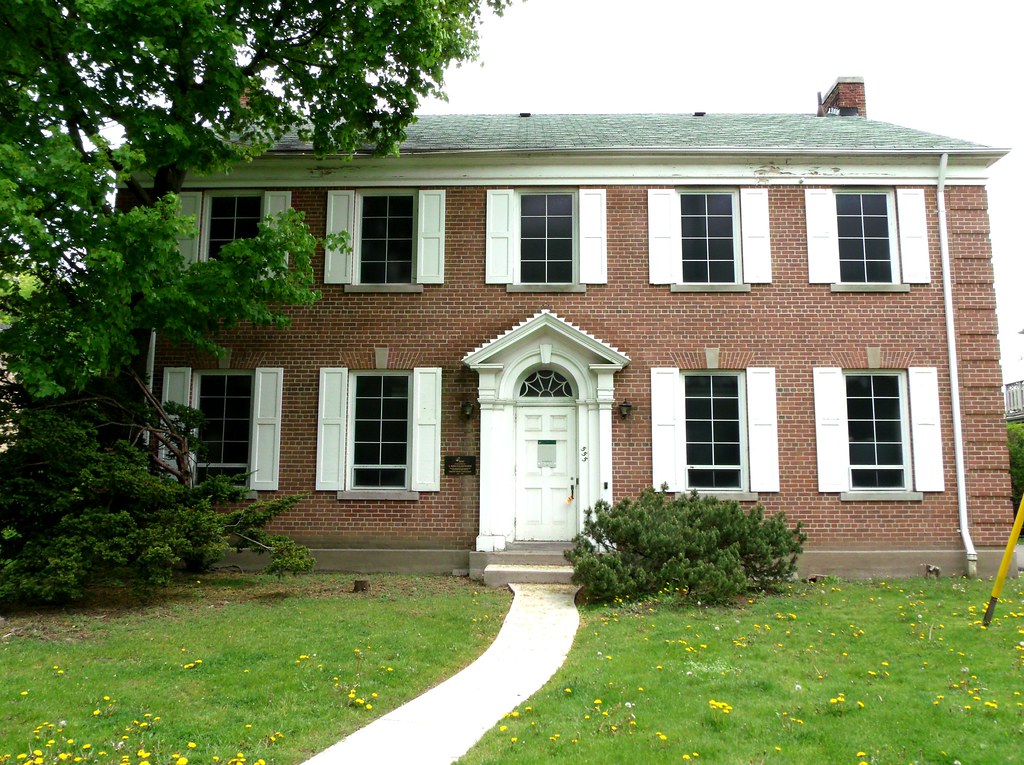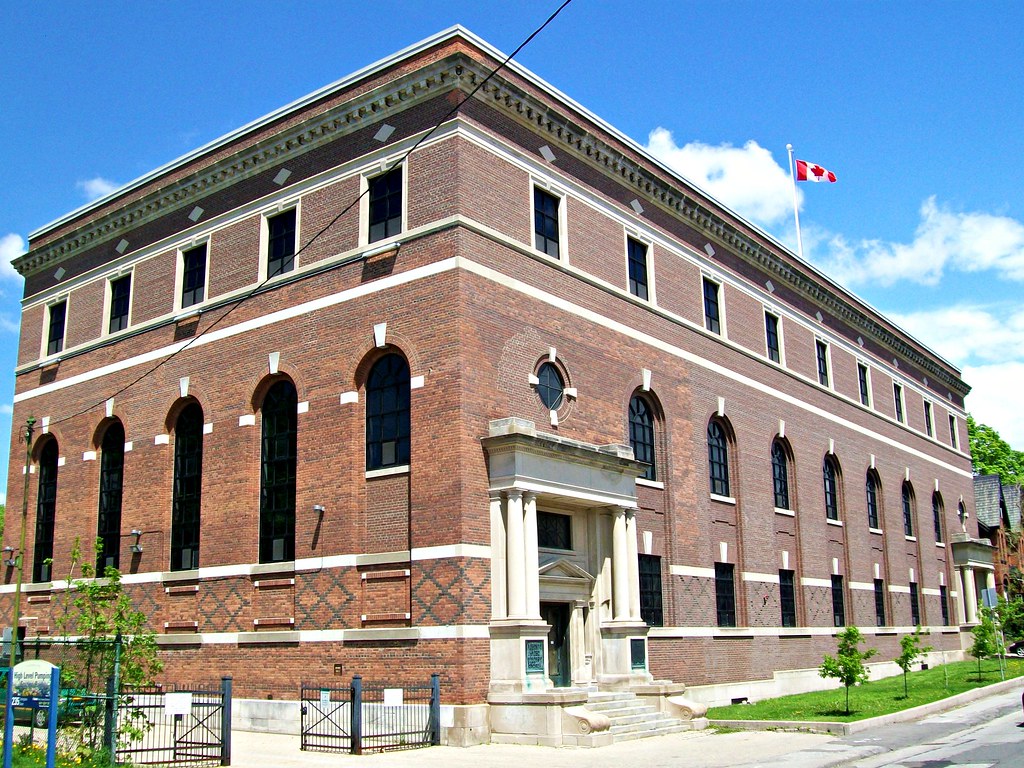Thursday, 5 April 2018
Wednesday, 4 April 2018
After not working 213 of 214 days, Judge Astacio receives pay raise
Rochester City Court Judge Leticia Astacio has received a pay raise, increasing her compensation to $187,200.
An agreement issued by the Commission on Legislative, Judicial and Executive Compensation Board is responsible for the pay increase. It is the final of four installments agreed upon for all judges working in New York. This process began in 2015.
Chief Administrative Judge Craig Doran confirmed Monday that Astacio is still not showing up for work as directed.
Astacio did report for work on Tuesday, February 27 for one day – and has not been back since. Judge Doran sent a letter to Astacio on February 23, ordering her to return to work at the Hall of Justice on February 26. Prior to this, she had not reported to work since August 31.
Astacio was assigned to handle legal work that did not put her on the bench. She subsequently provided Doran with a doctor's note, stating that she could not work.
The Rochester City Court judge was charged with DWI in February 2016 after she was involved in a car accident on Rt. 490 West while on her way to court to handle criminal arraignments. She was sentenced to 60 days in jail, three years probation, and six months with an alcohol ankle monitor in July 2017.
The New York State Judicial Conduct Commission has remained largely silent on whether it will or will not take up the case of Astacio's position of the bench.
A woman said an Ancestry.com DNA test told her she had a different father — her parents' fertility doctor
When Kelli Rowlette received the results from a DNA sample she had sent to a popular genealogy website, she assumed there had been a mistake.
The test showed that her DNA matched a sample from a doctor more than 500 miles away — and, though she had never heard of him, Ancestry.com predicted a parent-child relationship between the two.
At the time, Rowlette was not aware that more than 36 years ago, her parents had struggled to conceive.
She did not know her mother had undergone artificial insemination, nor did she — or her parents — know her mother’s fertility doctor had allegedly used his own sperm to get her pregnant with Rowlette.
The account comes from a lawsuit filed last week in U.S. District Court in Idaho. In it, Rowlette accused Gerald E. Mortimer, a now-retired obstetrician gynecologist in Idaho Falls, of fraud and medical negligence, among other things.
Mortimer could not immediately be reached for comment, and it’s not clear whether he has an attorney.
In the early 1980s, Rowlette’s parents, Howard Fowler and Sally Ashby, were married and living in Idaho Falls, not far from the Wyoming border.
The pair were having a hard time conceiving. Mortimer, an OB/GYN, diagnosed Fowler with a low sperm count and Ashby with a tipped uterus, in which the uterus tilts toward the spine, according to the lawsuit.
The doctor recommended that Ashby undergo a procedure in which she would be inseminated with sperm from her husband and an anonymous donor who matched the couple’s specifications, the lawsuit states. The couple requested a donor who was in college and taller than 6 feet with brown hair and blue eyes — and Mortimer told them that he had found a donor matching their description, the suit says.
But the lawsuit claims that when Mortimer performed the procedure in summer 1980, he used his own sperm. He did not match the couple’s specifications.
Ashby became pregnant and, in May 1981, Mortimer delivered his own child — never divulging the secret, according to the lawsuit.
The test showed that her DNA matched a sample from a doctor more than 500 miles away — and, though she had never heard of him, Ancestry.com predicted a parent-child relationship between the two.
At the time, Rowlette was not aware that more than 36 years ago, her parents had struggled to conceive.
She did not know her mother had undergone artificial insemination, nor did she — or her parents — know her mother’s fertility doctor had allegedly used his own sperm to get her pregnant with Rowlette.
The account comes from a lawsuit filed last week in U.S. District Court in Idaho. In it, Rowlette accused Gerald E. Mortimer, a now-retired obstetrician gynecologist in Idaho Falls, of fraud and medical negligence, among other things.
Mortimer could not immediately be reached for comment, and it’s not clear whether he has an attorney.
In the early 1980s, Rowlette’s parents, Howard Fowler and Sally Ashby, were married and living in Idaho Falls, not far from the Wyoming border.
The pair were having a hard time conceiving. Mortimer, an OB/GYN, diagnosed Fowler with a low sperm count and Ashby with a tipped uterus, in which the uterus tilts toward the spine, according to the lawsuit.
The doctor recommended that Ashby undergo a procedure in which she would be inseminated with sperm from her husband and an anonymous donor who matched the couple’s specifications, the lawsuit states. The couple requested a donor who was in college and taller than 6 feet with brown hair and blue eyes — and Mortimer told them that he had found a donor matching their description, the suit says.
But the lawsuit claims that when Mortimer performed the procedure in summer 1980, he used his own sperm. He did not match the couple’s specifications.
Ashby became pregnant and, in May 1981, Mortimer delivered his own child — never divulging the secret, according to the lawsuit.
Facebook to exclude North American users from some privacy enhancements
There's no way to sugarcoat this message: Facebook's founder Mark Zuckerberg believes North America users of his platform deserve a lower data protection standard than people everywhere else in the world.
In a phone interview with Reuters yesterday Mark Zuckerberg declined to commit to universally implementing changes to the platform that are necessary to comply with the European Union's incoming General Data Protection Regulation (GDPR).
Rather, he said the company was working on a version of the law that would bring some European privacy guarantees worldwide -- declining to specify to the reporter which parts of the law would not extend worldwide.
"We’re still nailing down details on this, but it should directionally be, in spirit, the whole thing,” Reuters quotes Zuckerberg on the GDPR question.
This is a subtle shift of line. Facebook's leadership has previously implied the product changes it's making to comply with GDPR's incoming data protection standard would be extended globally.
Back in January, COO Sheryl Sandberg said the company would be rolling out "a new privacy center globally" -- putting "the core privacy settings for Facebook in one place and make it much easier for people to manage their data".
A spokeswoman for Facebook confirmed to TechCrunch today that the changes it revealed late last month -- including finally reducing its historical settings sprawl from 20 screens to just one -- were what Sandberg was talking about in those earlier comments. Ergo, even those basic tweaks are a direct result of the EU regulation.
However that universal privacy center looks to be just one portion of the changes Facebook needs to make to comply with the new EU standard. And not all these changes are going to be made available to US and Canadian Facebook users -- per Zuckerberg's remarks.
In a blog about the new privacy center late last month, Facebook flagged additional incoming changes to its terms of service -- including "commitments" to users, and the language it uses to explain how it's processing people's data.
It said these incoming changes would be "about transparency".
And indeed transparency is a key underlying principle of GDPR, which places requirements on data controllers to clearly explain to people what personal data they intend to collect and for what exact purpose -- in order to gain informed consent for processing the data (or, if not consent, another valid basis is required for the data processing to be legal).
What's less clear is exactly which portions of GDPR Facebook believes it can safely separate out for users on its platform and not risk accidentally mishandling the personal data of an international user -- say who might be visiting or living in the US -- thereby running the risk of privacy complaints and, ultimately, financial sanctions (penalties for violations can be very large under
CNN Legal Analyst Jeffrey Toobin Has An Ominous New Warning For Trump
CNN legal analyst Jeffrey Toobin warned the White House not to celebrate a report on Tuesday that President Donald Trump is not a criminal target in special counsel Robert Mueller’s investigation.
Trump instead is a “subject” of the probe, according to The Washington Post, but Toobin said that’s a distinction that could change quickly.
Jeffrey Toobin: White House shouldn't quite celebrate word from FBI that President Trump is not a criminal target. It's a big deal to be under investigation by the FBI https://cnn.it/2uMItnGjeffre
Toobin said “targets” are often charged and “witnesses” are generally people needed for information.
“In between the two, there is something called the “subject.” That is someone who is under investigation but who may or may not be charged. Trump is a subject, and I don’t think that is particularly good news for him. It’s a big deal to be under criminal investigation by the FBI, particularly if you’re president of the United States.”
“This confirmation that the president is under criminal investigation, that is a pretty profound thing to think about,” he added.
Toobin also said that former campaign manager Paul Manafort, who has been indicted in the probe, is in “desperate legal trouble” and might be about to turn on the president.
Toronto’s Camouflaged Electric Substations
More often than not, industrial infrastructures are an eyesore, especially when they are smack in the middle of a beautiful city like Toronto. So for the past hundred years, Canada’s second-largest municipal electricity distribution company, Toronto Hydro, has been disguising substations into quiet little houses that blend right in with the neighbourhood. Some appear like grand Georgian mansions or late-Victorian buildings, while others look like humble suburban homes. Even the most sharp-eyed resident couldn’t tell these faux homes apart. Some are not even aware they are living next door to a transformer.

This is not a house. Photo credit: City of Toronto Archives
Toronto was first electrified in the late 1880s. At that time a number of small private companies were supplying electrical demands. Then in 1908, Torontonians voted overwhelmingly for the formation of a municipal electricity company, and Toronto Hydro came into being in 1911.
From the very beginning, Toronto Hydro was keen not to have ugly conglomerations of metals, switches and wires robbing the city’s urban and suburban neighbourhood of its beauty. So each substation they built was wrapped around by a shell of masonry and woodwork carefully designed to resemble residential homes. A driveway and some low-maintenance shrubs in the garden helped complete the deception.
The earliest known substation, dating from 1910 and located at 29 Nelson St. in the John and Richmond area, looks like a four-storey Victorian-era warehouse or perhaps an office building with a grand entrance and raised horizontal brick banding. One of the grandest of these structures is the Glengrove Substation, built in 1931. This Gothic building with its large oak doors, leaded glass windows and long narrow windows reminiscent of Medieval times, it’s no wonder that Toronto Hydro employees call it the “Flagship” or the “Castle”.
As architectural styles evolved, so did the camouflage. From grandiose buildings of the pre-depression era to ranch style houses that became popular with the booming post-war middle class of the 1940s to 1970s, to progressively more modernist structures with flat roof and smooth white exterior. These substation homes were so authentic that they were sometimes broken into by burglars.
There used to be over 270 substation homes scattered across Toronto. According to Spacing Toronto, as of 2015, 79 of these substations are still active.

Photo credit: City of Toronto Archives

Photo credit: City of Toronto Archives

Glengrove Station. Photo credit: Toronto Hydro

Photo credit: Francis Mariani/Flickr

Photo credit: Richard/Flickr

Brimley Road and Seminole Avenue, Scarborough. Photo credit: Robin Collyer

169 Goulding Avenue, North York. Photo credit: Robin Collyer

555 Spadina Road, Toronto. Photo credit: Robin Collyer

85 Elmridge Drive, Toronto. Photo credit: Robin Collyer

Palmdale Drive and Sheppard Avenue East, Scarborough. Photo credit: Robin Collyer

Photo credit: Robin Collyer

520 Rustic Road, North York. Photo credit: Robin Collyer
Subscribe to:
Posts (Atom)














































